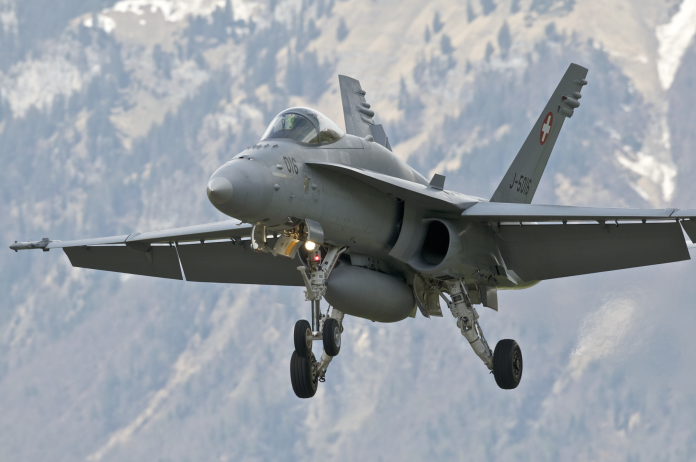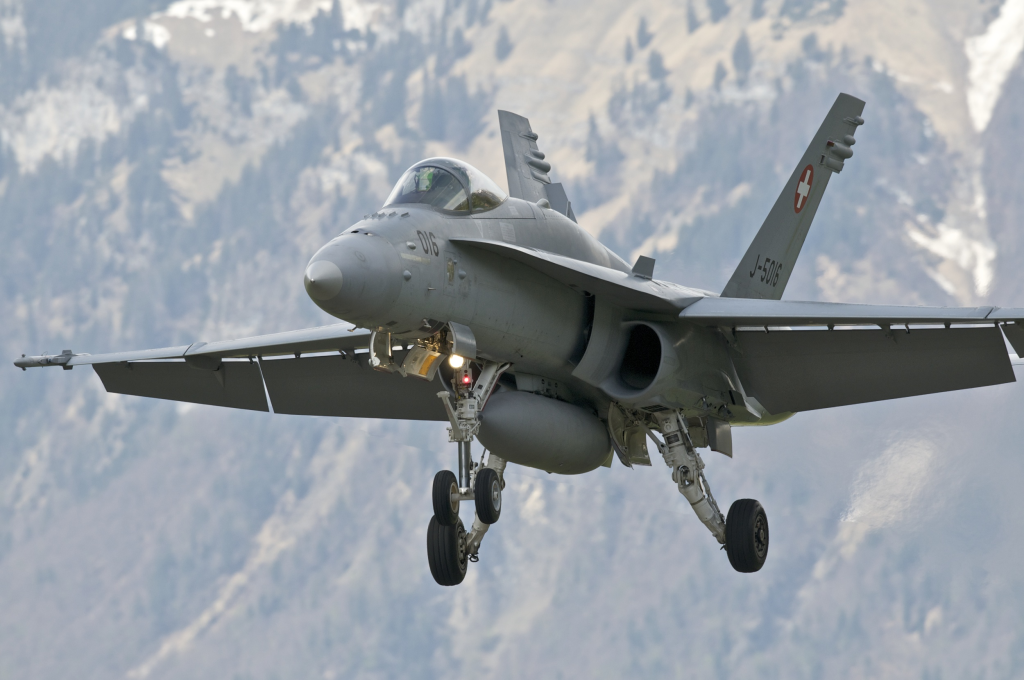
“Air dominance is not an entitlement, but it’s become the hallmark of American airpower,” said Gen. David Allvin, the Air Force Chief of Staff. That culture, founded on decades of technological superiority, is now put to the test in the real world as over 3,200 highly trained machinists went on strike at Boeing’s St. Louis-area defense lines, bringing production of some of the Pentagon’s most important aircraft and missiles to a stop. The timing of the strike during a precarious financial rebound and a series of high-risk contract wins is compelling the aerospace titan to face weaknesses in its supply chain as well as its plans for next-generation air superiority.
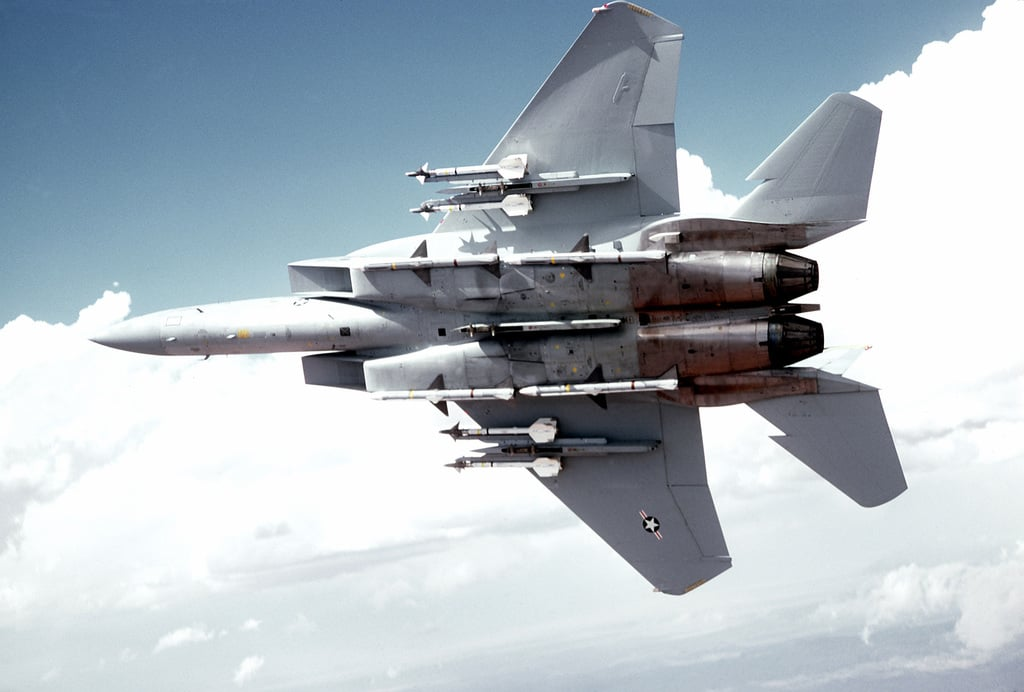
1. Sudden Operational Disruptions: F-15, F/A-18, and Munitions in Jeopardy
The St. Louis and St. Charles, Missouri, and Mascoutah, Illinois, production sites in the center of the walkout are not assembly lines they are the melting pot of the F-15 and F/A-18 fighter aircraft, T-7A Red Hawk trainers, and MQ-25 Stingray unmanned refueler. These are pillars of U.S. and allied air capabilities. The F-15, with its cutting-edge radar, electronic warfare suites, and digital fly-by-wire flight controls, remains to be modernized with packages that make it competitive in contested airspace. The F/A-18, a cornerstone of carrier aviation, has undergone similar improvements, such as conformal fuel tanks, enhanced sensors, and networked weapons all contingent on the skilled workers now idle. Arms supply chains, already under pressure from booming world demand, suffer additional delays as precision parts and final production work slow down.

Boeing’s fallback plan, relying on non-striking employees, cannot exactly match the knowledge of machinists whose “skill, commitment, and the essential role they perform in our country’s defense” was highlighted by union official Tom Boelling. Boeing’s own reports caution that its defense, space, and security work will be “negatively affected,” with direct impact on deliveries and cash flows.
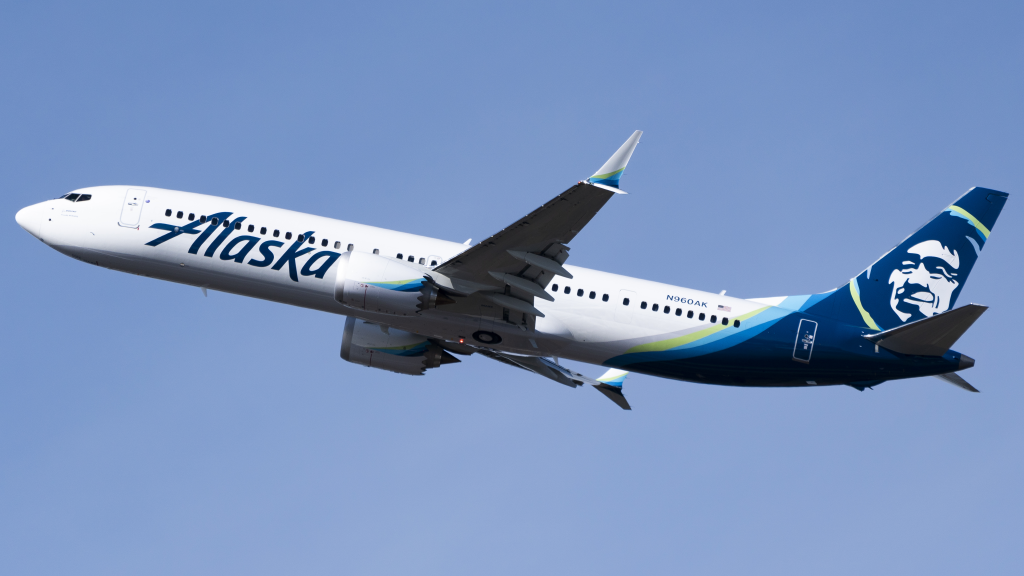
2. A Comparative Perspective: 2023 Pacific Northwest Strike versus Present Defense Stoppage
Last year’s walkout by 33,000 Pacific Northwest commercial Boeing workers almost brought production of 737 MAX to a standstill, with the company losing $11.8 billion in 2024 and spawning cascading supply chain pandemonium. The present St. Louis-area walkout has fewer than an tenth as many workers, but the strategic implications are arguably greater. The defense business, though smaller in revenues $6.6 billion in Q2 2025 versus $10.9 billion for commercial airplanes is delivering irreplaceable war assets.

Boeing CEO Kelly Ortberg tried to calm investors by saying, “The order of magnitude of this is much, much less than what we saw last fall.” However, even a temporary disruption in defense production has a ripple effect throughout the Pentagon’s acquisition timetables and ally commitments, particularly when tensions are on the rise globally.
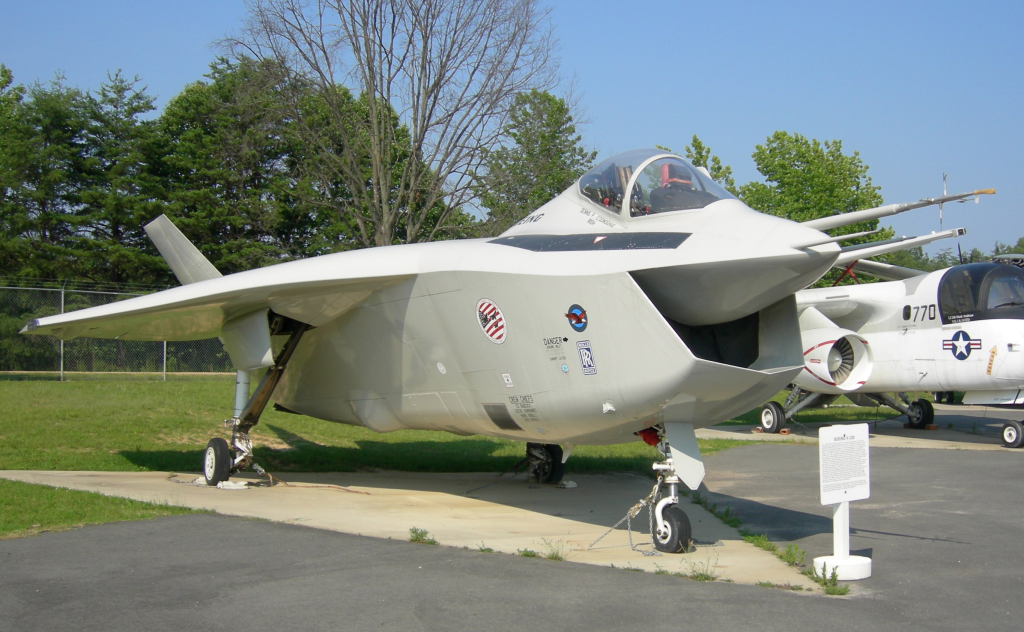
3. Boeing Defense, Space & Security: Crisis to Stability
Following decades of program overruns, from Starliner spacecraft fiascos to Air Force One cost explosions, Boeing’s Defense, Space & Security (BDS) segment has fought its way back to stability. In the latest quarter, BDS reported $110 million of operating profit a far cry from a $913 million loss in the same period last year. Revenue rose 10% from a year earlier, and backlog reached $74 billion, with 22% from foreign customers. CFO Brian West attributed “performance stabilizing on 25% of the portfolio that encompasses satellite programs and fighter aircraft.”
Recent wins have continued this momentum. Significantly, Boeing won a $2.8 billion contract to produce the first two Evolved Strategic Satcom (ESS) satellites, a component of the Pentagon’s updating of space-based nuclear command and control. The company also grew its defense backlog by $12 billion in Q2 alone.
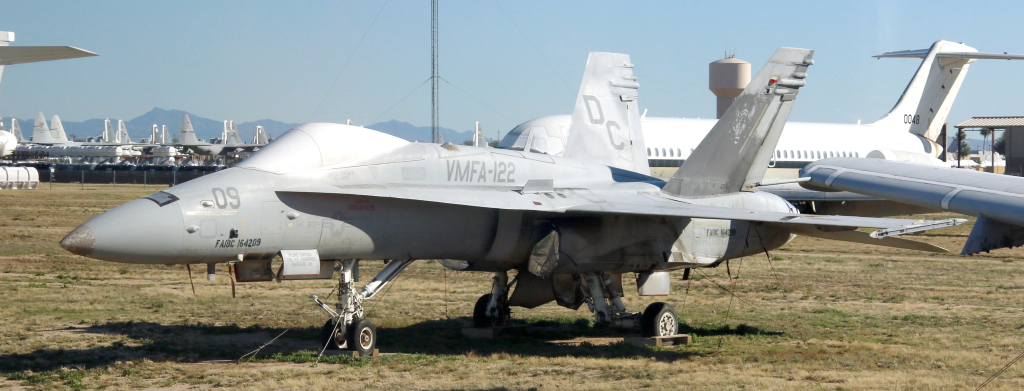
4. The Technical Stakes: F-15 and F/A-18 Modernization
The F-15 and F/A-18 programs showcase the difficulties of maintaining legacy platforms with the integration of innovative upgrades. The F-15EX, for example, incorporates fly-by-wire control systems, digital backbone, and open mission systems suitable for easy software updates and future weapons integration. The F/A-18 Block III introduces advanced cockpit displays, networked sensors, and extended range all with highly specialized assembly and testing. Any disruption in the pipeline of skilled workers puts not just current deliveries at risk, but also the iterative process of modernization that makes these jets competitive against growing threats.
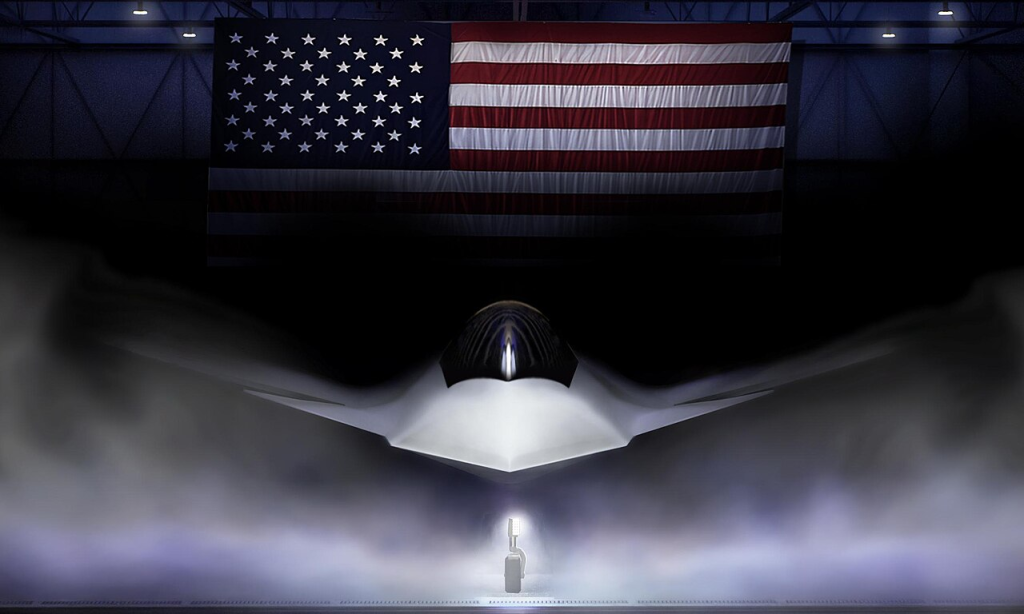
5. Next-Generation Air Dominance: The F-47 and Its Industrial Implications
Boeing’s recent victory of the Next Generation Air Dominance (NGAD) contract is a watershed moment. The F-47, which President Trump designated as “the world’s first sixth-generation fighter aircraft,” will incorporate stealth, sensor fusion, modular architecture, and autonomous drone wingmen. Gen. Allvin said it is “the most advanced, lethal and adaptable fighter ever developed.” The program uses digital engineering and government-owned architecture to drive development faster and allow for quick upgrades.
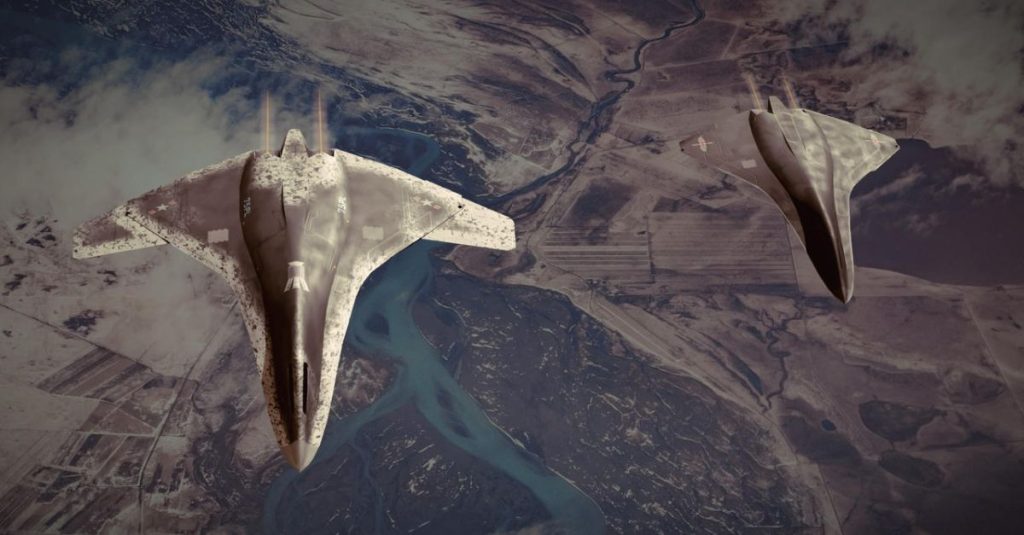
The F-47’s engineering and manufacturing development phase will result in a small number of test aircraft, with low-rate initial production options. The modularity of the platform is designed to make it easy to integrate future technologies, making it the “crown jewel” of the NGAD family of systems.

6. Satellite Communications: Pentagon Contracts and Technical Evolution
Boeing’s defense resurgence is also anchored in its growing presence in military satellite communications. The firm is a lead participant in the Protected Tactical Service-Global (PTS-G) program, with the goal of placing anti-jamming, secure communications satellites into geosynchronous orbit. The Pentagon’s movement towards taking advantage of commercial satellite technology like employing Ka-band and X-band frequencies indicates a push for both resiliency and affordability. Boeing’s involvement in the Evolved Strategic Satcom constellation secures the company further at the intersection of space and defense technology.

7. The Broader Context: Labor, Technology, and Industrial Base Resilience
The St. Louis strike is not just a labor conflict it is a stress test of the resilience of America’s defense industrial base. As Mitchell Institute’s Doug Birkey noted, “Our capacity to turn stuff in large quantities that is what the future world is going to ask of us has been constrained, and we have to rebuild the defense industrial base that the current environment asks of us.” The convergence of fifth-generation fighter development, communications satellites, and knowledgeable labor highlights the sophistication involved in ensuring technological superiority amid geopolitical chaos.
The success of the strike and Boeing’s capability to maintain momentum in both heritage and next-generation programs will be monitored closely by analysts, policymakers, and rivals as well.
